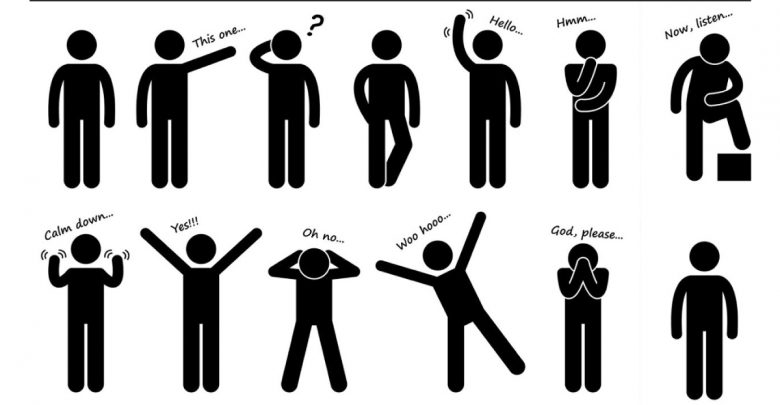Communication meaningfully with others
Communication meaningfully with others
-

The Socratic Method
Why did I choose this tool? I learned this method when I was being trained as a life coach, and yet when I started to apply it in a training setting, I was able to see impressive results and I realized that there is a strong link between asking good questions and the whole philosophy of “non-formal education”. I realized…
Read More » -

The Science Behind Empathy
Why did I choose this tool? Researching empathy and empaths is an interesting but confusing pursuit. When I read this list of scientific (or semi-scientific) explanations for empathy, it helped me to be able to narrow my search for information in a certain direction, rather than ending up with all kinds of confusing information. I hope that in the coming…
Read More » -

The 6 Stages of Empathy
Empathy and emotions can be quite an elusive topic, because we can’t really see emotions and empathy it’s difficult to make an objective analysis of them. On the other hand, emotions are so central to being healthy and productive human beings and they can begin or end every kind of relationship we have with others. Therefore, we can’t possibly ignore…
Read More » -

Practicing compassionate communication
Why did I choose this tool? Non-violent communication is one of the most effective methods that I have learned when it comes to communication. If everyone practiced non-violent communication, I believe that the quality of communication between people would be greatly improved and many problems would be prevented or solved. Talking about emotions isn’t something that most people are used…
Read More » -

NLP Theory of Communication
Why did I choose this tool? Neuro Linguistic Programming is often used as a method of changing behavior and subconscious programming. I don’t always favor this approach because I believe that change should be conscious as much as possible and that we should be in control of how and when we change something. Of course, in order to change anything,…
Read More » -

Listening – potential barriers and guidelines to get better at it
Why did I choose this tool? I chose this tool because it is a part of a training for coaches on how to be better listeners. The level of listening of a coach needs to be deep, focused and free of judgement, but these skills don’t need to be limited to coaches. They can be understood and applied by anyone…
Read More » -

Is it safe?
Category: Communicating Meaningfully with Others Why did I choose this tool? I chose this tool because it states the obvious. Sometimes we look for complicated theories and research when actually what we need are just some simple and obvious, but often ignored, steps. We can take a look at this tool before every training or can be made as a…
Read More » -

Games Trainers Play
Why did I choose this tool? I’m so happy to have found this book, “Games People Play” by Dr. Eric Berne. Although it is expressed in a language that is a bit old fashioned and belongs to the field of psychotherapy, I still found it very applicable and relatable. Since reading it I have come across a few situations that…
Read More » -

Games People Play
Why did I choose this tool? I’m so happy to have found this book, “Games People Play” by Dr. Eric Berne. Although it is expressed in a language that is a bit old fashioned and belongs to the field of psychotherapy, I still found it very applicable and relatable. Since reading it I have actually come across a few situations…
Read More » -

Encoding and decoding body language
Why did I choose this tool? This tool goes through the different elements of body language and gives ideas of how we might use these elements as trainers to deliver a more effective training. It is less about theories of body language and more about awareness/practice of how we are using our bodies to communicate better. How does this apply…
Read More »